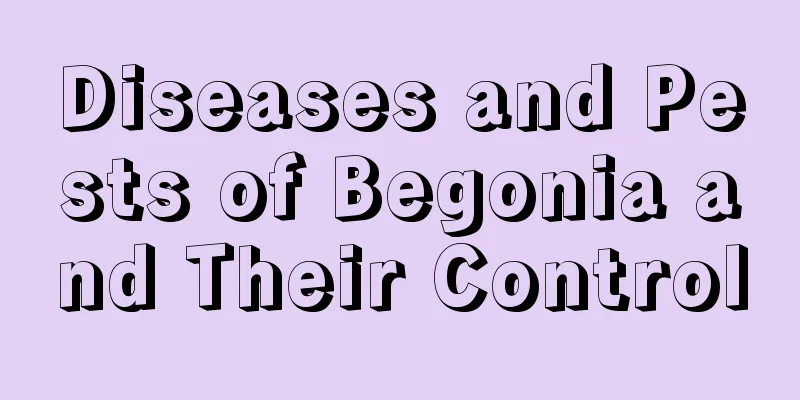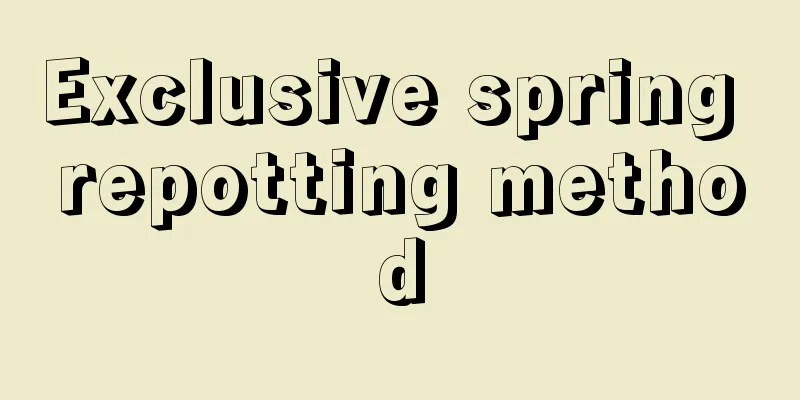Diseases and Pests of Begonia and Their Control

1. Aphids.Spring and autumn are the peak growing seasons for Begonia. If the plants are not well ventilated and the environment is hot and stuffy, aphids are likely to occur. This is a small green-yellow or brown insect that often lives on the tender shoots or flower buds at the top of the plant. It uses its needle-like mouthparts to suck the sap from the leaves of the begonia, causing the leaves to curl and shrink, leading to death. The main method of prevention and control is to increase indoor ventilation. If insect pests are found, you can soak cigarette butts in water for 24 hours and then spray them on the stems and leaves of the Begonia. This will have a better effect. Use 1500 times diluted 50% aphidicide emulsion or 1000 times diluted 25% phosmet emulsion to spray and kill aphids. 2. Red spider.In the dry and hot summer, begonias are often attacked by red spider mites. This is a small red insect that usually sucks sap from the back of young leaves, causing brown spots to appear on the leaves. When the damage is more serious, the leaves will turn yellow and fall off, affecting the flowering of the crabapple. Because the insect is very small, it is usually difficult to detect. But if you turn the leaves over and look carefully, you can see some small red insects, and sometimes you can even find some silky webs. If there are red spider mites, spray water on the ground or use some spray to increase the humidity of the air to inhibit their reproduction. If the pest is not too serious, you can pick off the diseased leaves. If the number is large, you can spray it with 2,000 times diluted 40% trichloroacetic acid emulsion or 2,000 times diluted 50% trichlorfon emulsion.3. Leaf rollers.This insect is very small in size, and its larvae mainly eat tender leaves, causing the leaves to curl up, the plant's growth to decline, and the flowers to bloom poorly. To control this disease and pest, just check more often and cut off the diseased leaves in time. 4. Stem rot. Water-shaped markings that appear on the rhizomes and lower parts of the stems can lead to softening and rot if not attended to. This is mainly caused by the potting soil being too wet, so it can be prevented by controlling the amount of watering. |
<<: Diseases and Pests of Euphorbia pulcherrima and Their Control
>>: Diseases and Pests of Bird's Nest Fern and Their Control
Recommend
What should I do if the leaves of the osmanthus tree turn yellow?
There are many varieties of osmanthus, including ...
What are the cultivation methods and precautions of Dieffenbachia
How to cultivate Dieffenbachia Dieffenbachia is a...
When is the best time to plant beans?
Snap beans , also known as cowpea, are a plant na...
When does the torch flower bloom?
When does the torch flower bloom? The natural flo...
Appreciation of Impatiens varieties
Impatiens balsamina Also known as Impatiens balsa...
Can I plant green radish in the soil of succulent plants? Can I plant them together?
1. Can you grow green radish in succulent soil? T...
How to grow old succulent plants
1. Suitable potting soil Generally speaking, if y...
How to care for mountain roses during dormancy
Dormant period After the growing period, mountain...
How to trim the Fire Festival succulent to look good
When to prune the Fire Festival succulent Pruning...
What kind of fertilizer is good for Bletilla striata base fertilizer (base fertilizer application method)
Effect of Bletilla striata base fertilizer Bletil...
How often should you water Spathiphyllum?
1. Spring and Autumn The temperature in spring an...
How to raise the star anise
1. Breeding environment 1. Light: Normal light is...
Does the snowweed bloom?
Does the snowweed bloom? Of course the snow lily ...
Coriander planting method and time planting technology (full steps)
The best time to plant coriander The planting tim...
How to grow Euphorbia milii in spring
1. Increase watering Euphorbia milii grows faster...









